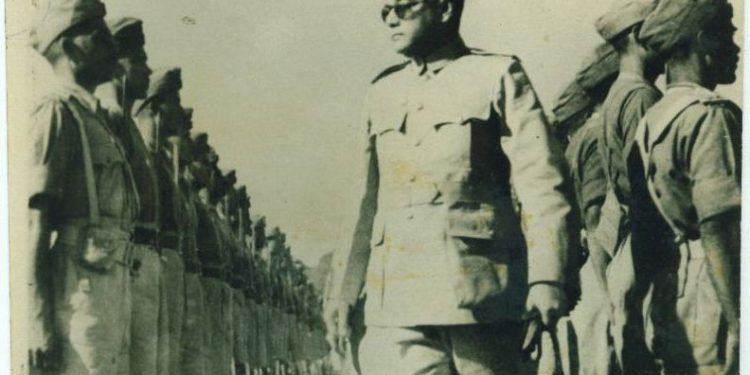Kolkata: Two members of Netaji Subhas Chandra Bose’s family have questioned the ‘credibility’ of the Justice Mukherjee Commission’s report, stating that it pronounced the icon of the freedom struggle dead without offering any information on the cause and circumstances.
In an open letter, his grand-nephew Surya Bose and grand-niece Madhuri Bose said Justice Manoj Kumar Mukherjee concluded in his report of November 8, 2005 that Netaji did not die in the plane crash as alleged, and the ashes in the Renkoji temple in Tokyo temple are not of Netaji.
But the Commission, which was set up in 1999, could not offer any information on whether Bose died in any other manner at any other place, or when and how, the letter, dated August 24, said.
“He (Justice Mukherjee) simply concluded that Netaji Subhas Chandra Bose is dead! The so-called evidence and key arguments advanced by Justice Mukherjee in support of his conclusion of no air crash in Taiwan and therefore no death of Netaji, are not credible,” it added.
The two members of Bose’s family said 75 years have passed since he was officially reported by the government of Japan to have died in an air crash in Taiwan August 18, 1945 but the question of what actually happened to him remains alive and unanswered in the minds of many.
They sought DNA testing of the remains at the Renkoji temple in Tokyo and said this was raised by experts during the
hearings of the Justice Mukherjee Commission, but was not acted upon.
The authorities of the Renkoji temple were ready to extend full cooperation but Justice Mukherjee decided not to proceed with the DNA testing, or even with a prior examination of the remains to determine if a DNA test would be possible, they claimed.
“Particularly with advances in science over the 15 years since, there may actually be a better chance now than before for a successful procedure,” they said, seeking DNA examination of the ashes.
The report was tabled in Parliament May 17, 2006.
At least ten investigations, both national and international, have taken place over the years concerning the disappearance of Netaji after the Taihoku air crash and all but one confirmed and supported the official position of Japan on the matter, it said.
“The exception was the Justice Mukherjee Commission of Inquiry (JMCI) of 2005, the third such inquiry instituted by the independent Government of India, and following in the wake of the Shah Nawaz Committee of Inquiry of 1956 and the Khosla Commission of 1974.
“The latter two (Nawaz and Khosla commissions) concluded that Netaji had died in a military hospital in Taihoku, Taiwan on August 18, 1945, as a result of the crash on take-off of a Japanese military aircraft in which he was travelling and that mortal remains held at Renkoji Temple in Tokyo Japan were his,” the letter said.
In 2017, the Centre told Parliament that Bose died in the air crash in 1945.
However, the controversy about the circumstances over his disappearance continues as also brought to home by a film — ‘Gumnaami’, which was contested by several members of the family, including Sugata Bose, Krishna Bose and Chandra Bose.
June 1, 2017, the Ministry of Home Affairs said in reply to an RTI that the government had come to this conclusion after considering the reports of various committees that probed the disappearance of Bose.
The Centre and the West Bengal government have declassified over a hundred files relating to Bose in the last few years.
PTI






































